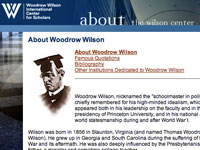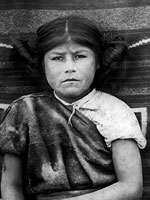The American Civil War Center at Historic Tredegar and the Virginia Center for Digital History (VCDH), administered through the University of Virginia, launched the American Civil War Center (ACWC) at Historic Tredegar: Educational Web Companion (Web Companion). This 18-month project is funded by a $198,000 grant from the U.S. Department of Education.
The Web Companion is an interactive teaching tool. While the Companion complements student and teacher experience at the American Civil War Center, the material also creates an online history lab where educators may analyze the Civil War with assistance from leading historians and scholars.
Nationally renowned historians Edward L. Ayers, James M. McPherson, and Gary W. Gallagher are among those featured in video clips on the site. These digital tools are used to reach educators and students nationwide and aid in the discussion of the war's causes, course, and legacies.
Each section contains rich video information concerning the Civil War and questions that may serve as discussion or writing prompts. Exhibits within the Companion include Union to Disunion, Emancipation, The War, Behind the Lines, and Legacies. Media components include: Audio, Videos, Readings, and Perspectives which introduce users to the thoughts and viewpoints of those who witnessed the Civil War firsthand and provide lectures and discussions from noted scholars. Additional components such as Insights and Archives incorporate documents, diaries, letters, and other historical resources which assist with research.

